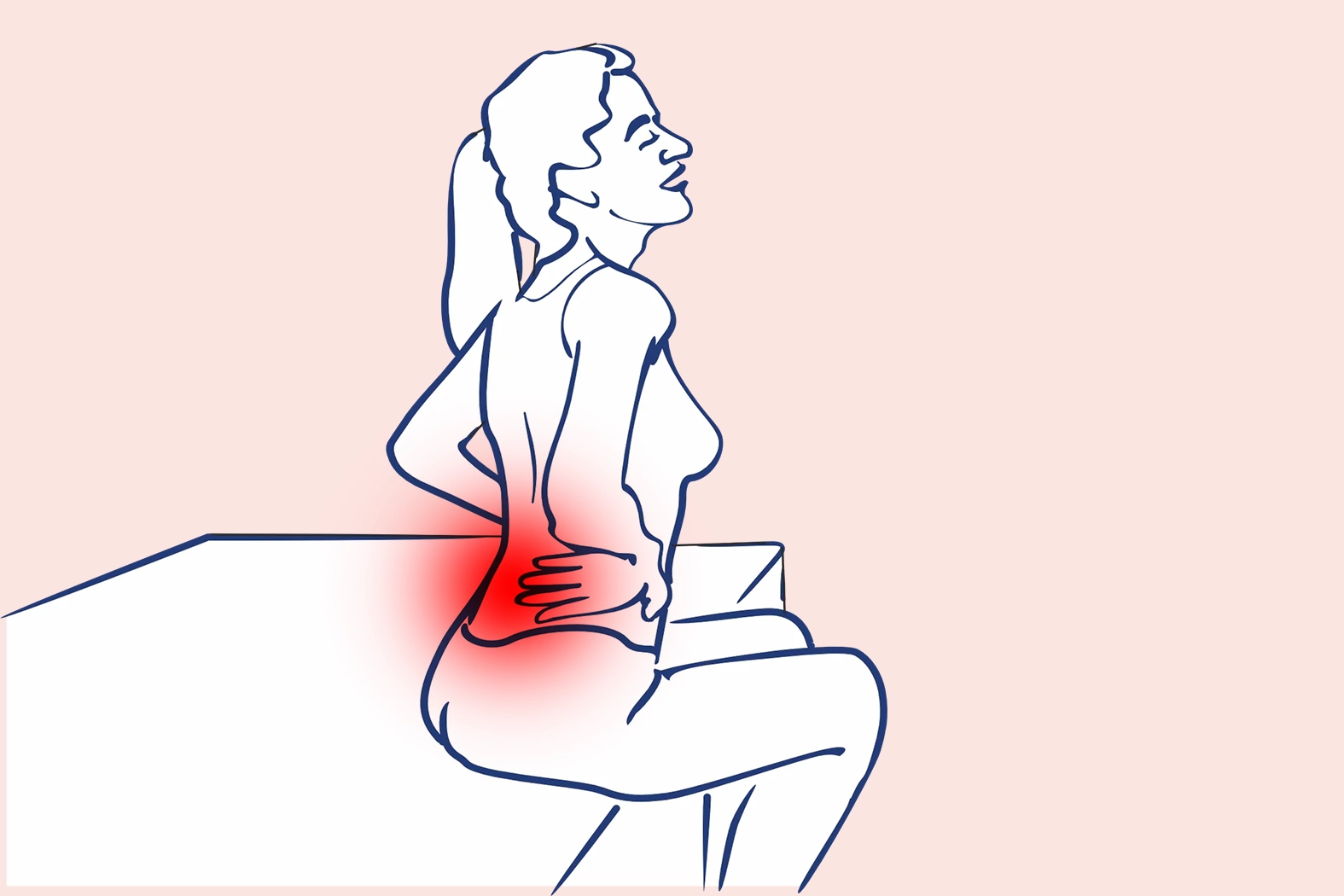To provide services at the highest level, we use cookies. Using the website requires you to choose settings related to their storage on your device. If you want to know what each type of cookie is used for, click the Details button below.
Why an ultralight mattress is a bad idea? 5 listopada 2024 |

Lightweight mattresses are usually made from T-foam, a closed-cell foam with low density. This type of foam is characterized by reduced weight, making mattresses made from it easier to transport and move around. However, T-foam is less durable, compresses quickly, and offers minimal resilience.
Foam density directly impacts the durability and responsiveness of a mattress. The higher the density, the more durable the mattress. It also provides better body support, although firmness is also a key factor here. It?s worth remembering that excessively high density can reduce comfort, so it?s essential to balance this factor.
Yes, mattress weight is extremely important. If you're comparing two similar-looking foam mattresses, and one weighs 15 kilograms while the other weighs 35 kilograms, the heavier one will generally be a better choice. This is due to foam density, which affects the product?s durability. While lighter models can be more practical and easy to move, they are usually less durable. On the other hand, heavier mattresses typically offer better support and longer lifespan.
Density and firmness are two distinct properties of foam. These are completely different parameters. Density is measured in kilograms per cubic meter (kg/m?), while firmness is measured in newtons (N) or kilopascals (kPa). Although density influences foam durability, it doesn?t directly translate to firmness.
Due to the use of foam with balanced density and optimal firmness, the Osaka Air foam mattress weighs more than most models available on the market. The weight depends on the mattress size and is approximately: 18 kg for an 80x200 mattress, 21 kg for a 90x200 mattress, 24 kg for a 100x200 mattress, 28 kg for a 120x200 mattress, 33 kg for a 140x200 mattress, 37 kg for a 160x200 mattress, 41 kg for a 180x200 mattress, and 45 kg for a 200x200 mattress.